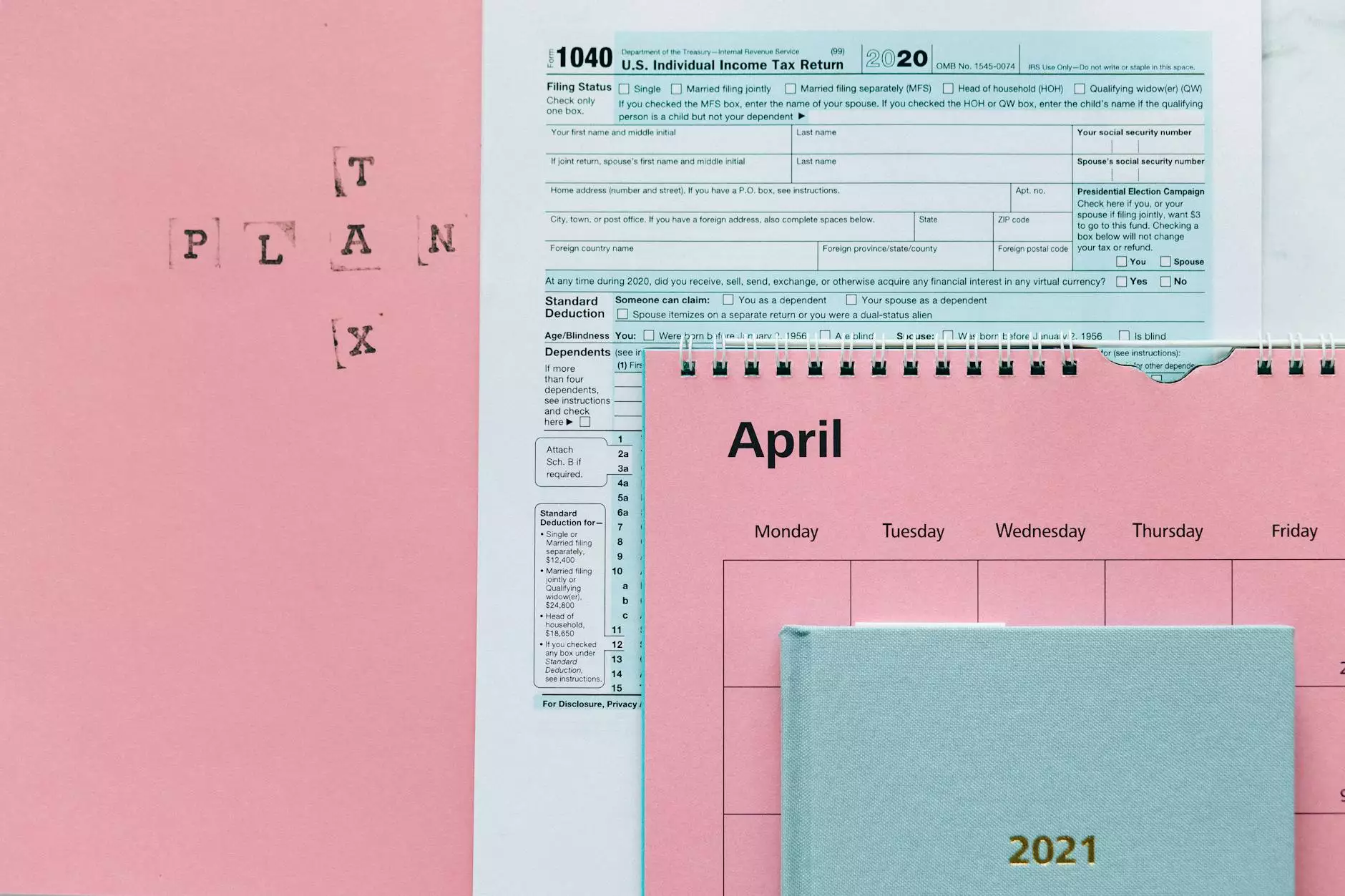Data Governance Best Practices: Ensuring Business Success

In today's digital landscape, effective data governance is crucial for any business aiming to leverage data as a strategic asset. The ability to manage and utilize data effectively can differentiate competitive advantage, drive informed decision-making, and foster trust with customers. In this article, we will explore the best practices for data governance to ensure that your organization not only complies with regulations but also maximizes its data's value.
Understanding Data Governance
Data governance refers to the overall management of the availability, usability, integrity, and security of the data employed in an organization. It encompasses the people, processes, and technologies involved in managing data assets. With the accelerating growth of data, a robust governance framework is more critical than ever.
Why Data Governance Matters
Organizations are inundated with data from various sources, and managing this data effectively is essential. The importance of data governance can be summarized as follows:
- Compliance: Ensures adherence to regulations such as GDPR and HIPAA.
- Data Quality: Improves the accuracy and reliability of data.
- Risk Management: Identifies and mitigates risks associated with data security and privacy.
- Operational Efficiency: Streamlines processes by ensuring data consistency and accessibility.
- Enhanced Decision-Making: Facilitates better insights and informed strategic planning.
Key Components of a Data Governance Framework
To successfully implement data governance, organizations need to focus on several key components:
1. Data Stewardship
Data stewards are responsible for managing and overseeing data assets, ensuring their quality, and enforcing governance policies. Assigning dedicated data stewards helps maintain accountability and fosters a culture of data ownership within the organization.
2. Data Policies and Standards
Developing clear data governance policies and standards is essential. These should cover areas such as:
- Data classification and lifecycle management
- Data access and sharing protocols
- Data privacy and security measures
- Compliance guidelines and reporting processes
3. Data Architecture
A well-defined data architecture supports data integration, storage, and retrieval. It involves designing data models, databases, and applications that enable seamless data flow and accessibility across the organization.
4. Technology Enablement
Utilizing the right tools and technologies is crucial in data governance. Organizations should invest in data management solutions that facilitate :
- Data quality monitoring
- Metadata management
- Data lineage tracking
- Automated compliance auditing
5. Training and Awareness
Regular training sessions and awareness programs ensure that all employees understand their roles in data governance. This fosters a culture of data literacy and encourages best practices throughout the organization.
Implementing Data Governance Best Practices
Implementing data governance best practices requires a systematic approach. Here are actionable steps to guide your organization:
Step 1: Assess Current State
Before you implement new practices, assess your existing data governance framework. Identify gaps, challenges, and areas for improvement through a comprehensive audit.
Step 2: Define Objectives and Goals
Establish clear objectives for your data governance initiative. This can include enhancing data quality, ensuring compliance, or improving data accessibility. Setting measurable goals helps track progress and gain stakeholder buy-in.
Step 3: Develop a Governance Structure
Designate a cross-functional data governance committee comprising stakeholders from different departments. This group will oversee the implementation, monitor compliance, and refine governance policies over time.
Step 4: Create and Implement Policies
Draft data governance policies based on your assessment and defined objectives. Ensure the policies are communicated clearly to all employees and are accessible for reference. Consider leveraging templates and best practice guidelines from industry experts.
Step 5: Leverage Technology
Invest in data governance technologies that align with your objectives. Solutions such as data catalogs, quality monitoring tools, and compliance automation software can greatly enhance your governance efforts.
Step 6: Monitor and Review
Audit and monitor data governance practices regularly. Use key performance indicators (KPIs) to evaluate effectiveness and identify areas for further improvement. Make adjustments where necessary to adapt to changing business needs and regulatory environments.
Common Challenges in Data Governance
While implementing data governance best practices offers numerous benefits, organizations may face challenges, including:
- Cultural Resistance: Employees may resist new processes and policies, viewing them as burdensome.
- Siloed Data: Data spread across various systems can lead to inconsistencies and access issues.
- Technological Complexity: Managing a diverse technology stack can complicate governance efforts.
- Resource Limitations: Limited budget and personnel can hinder the implementation of governance initiatives.
Case Studies: Successful Data Governance Implementation
To provide further insight, let’s explore a few examples of organizations that have successfully implemented data governance:
Case Study 1: Financial Services Firm
A leading financial services firm faced challenges with data quality and regulatory compliance. By implementing a robust data governance framework, they established clear data ownership, improved data quality tracking, and ensured compliance with industry regulations. As a result, they significantly reduced the risk of regulatory fines and improved operational efficiencies.
Case Study 2: Healthcare Provider
A large healthcare provider implemented data governance practices to improve patient data management. They developed policies for data security and established a data stewardship program. As a result, they enhanced data accuracy, ensured compliance with HIPAA, and improved patient outcomes through better data insights.
The Future of Data Governance
As data continues to grow exponentially, so will the complexity of data governance. The future of data governance will likely involve:
- Automation: Using machine learning and AI to enhance data quality and compliance tasks.
- Real-Time Monitoring: Implementing tools that provide real-time data insights and alerts for governance issues.
- Decentralized Governance: Empowering regional teams with governance authority while maintaining global oversight.
Conclusion
Effective data governance best practices are essential for organizations seeking to harness the power of data. By establishing a robust governance framework, leveraging technology, and fostering a culture of data stewardship, businesses can navigate the complexities of data management. As the landscape of data continues to evolve, staying proactive in governance will ensure sustained success and compliance in an increasingly data-driven world.
For organizations looking to implement these practices, partnering with experts in data governance and support services, like Data Sentinel, can accelerate your journey toward data excellence.



